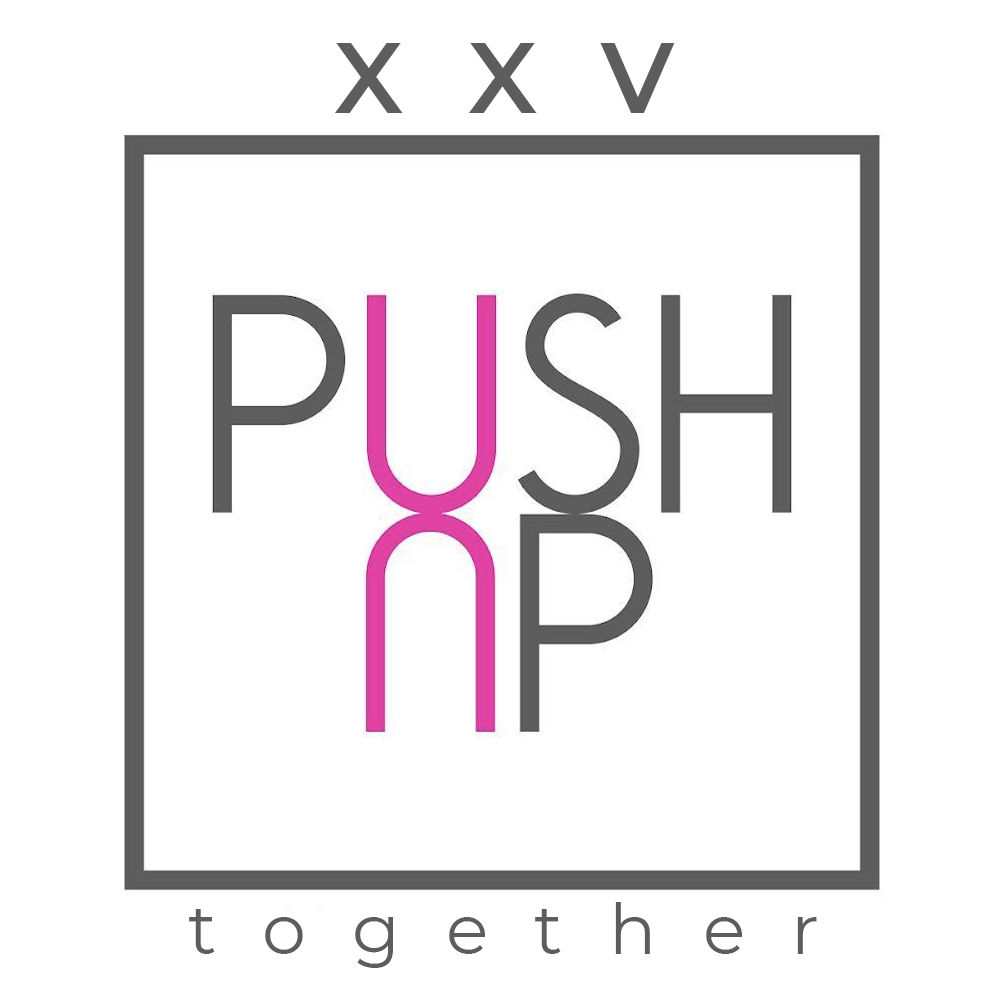Federal and local governments struggled throughout the 1920s to enforce prohibition. Enforcement was first handed over to the Internal Revenue Service (IRS) and then transferred to the Department of Justice and the Bureau of Prohibition or Bureau of Prohibition. In general, prohibition was much more enforced in areas where people sympathized with the legislation – mainly rural areas and small towns – and much more freely in urban areas. Despite very early signs of success, including a drop in arrests for drunkenness and a 30% drop in alcohol consumption, those who wanted to keep drinking found increasingly ingenious ways to do so. The illegal production and sale of alcohol (known as “smuggling”) continued throughout the decade, as did the operation of “speakeasies” (shops or nightclubs selling alcohol), the smuggling of alcohol across state borders, and the informal production of alcohol (“moonlight” or “bath gin”) in private homes. Utah`s ratification also came so late in the day that few establishments and retail stores were able to obtain the local licenses required to sell alcohol, and those that did still struggle to get alcohol to serve. Some legal establishments have been forced to buy directly from illegal immigrants and smugglers. Others opened pre-prohibition inventories, as well as bottles purchased under medical licenses in subsequent years. There was also great anti-immigrant sentiment in northern and eastern cities, where political machines in most cities were dominated by tavern owners who gave votes to members of Congress. People in the middle of the country thought that alcohol would fuel this political movement in the cities, so this is another reason to cut them off. The South also wanted to keep alcohol away from black men, which was a very strong motivator. Shortly after independence from the United States, the whiskey rebellion took place in western Pennsylvania to protest government taxes on whiskey.
Although taxes were levied primarily to pay off the newly created national debt, it also received support from some social reformers who hoped that a “sin tax” would raise public awareness of the harmful effects of alcohol. [28] The whiskey tax was repealed after Thomas Jefferson`s Democratic-Republican Party, which opposed Alexander Hamilton`s Federalist Party, came to power in 1800. [29] When beer containing 3.2% alcohol was legalized in 1933, 81,000 jobs were created in three months. [155] Shortly after World War II, a national opinion poll found that “about one-third of the population of the United States supports a national ban.” After the national ban was lifted, 18 states maintained the ban at the state level. The last state, Mississippi, finally ended it in 1966. Nearly two-thirds of all states adopted some form of local option, which allowed residents of political divisions to vote for or against a local ban. Despite the lifting of the ban at the national level, 38% of the country`s population lived in areas prohibited by the state or at the local level. [126]:221 On November 18, 1918, prior to the ratification of the Eighteenth Amendment, the U.S. Congress passed the Temporary Wartime Prohibition Act, which prohibited the sale of alcoholic beverages with an alcohol content greater than 1.28%. [12] (This law, which was intended to save grain for the war effort, was passed after the armistice was signed at the end of World War I on November 11, 1918.) The Wartime Prohibition Act came into effect on June 30, 1919, and on July 1, 1919, became known as “Thirsty First.” [13] [14] The general belief is that alcohol consumption decreased by about 30% at the beginning of prohibition. In the end, it had moved closer to what it had been before, but did not return to pre-prohibition levels until 1939-1940.
People who can afford it have never really had a problem paying for alcohol. The great irony of the repeal is that it became more difficult to obtain a drink when it was legal after December 5, 1933, than when it was illegal. When it was illegal, all you had to do was bribe a police officer in one fell swoop or a prohibition officer, and it was easy. You can sell alcohol to anyone at any time of the day. It doesn`t matter your age or positioning. The 21st Amendment gave states specific authority over liquor laws, establishing various regulatory bodies and rules — age limits, closing times, licenses, etc. — that controlled alcohol consumption, which was not controlled in many parts of the country during prohibition. Almost all of the rules for selling spirits that we still have today did not exist before prohibition and during prohibition. Benjamin Rush, one of the leading physicians of the late 18th century, believed in moderation rather than prohibition.
In his treatise “The Inquiry into the Effects of Ardent Spirits on the Human Body and Mind” (1784), Rush argued that excessive alcohol consumption was detrimental to physical and mental health, calling drunkenness a disease. [30] Apparently influenced by Rush`s widely debated beliefs, in 1789 about 200 farmers from a Connecticut community formed a temperance association. Similar associations were formed in Virginia in 1800 and New York in 1808. [31] Over the course of a decade, other abstinence groups formed in eight states, some of which were national organizations. The words of Rush and other early abstinence reformers served to dichotomize alcohol consumption for both men and women. While men loved to drink and often considered it vital to their health, women who began to adopt the ideology of “true motherhood” abstained from alcohol.
